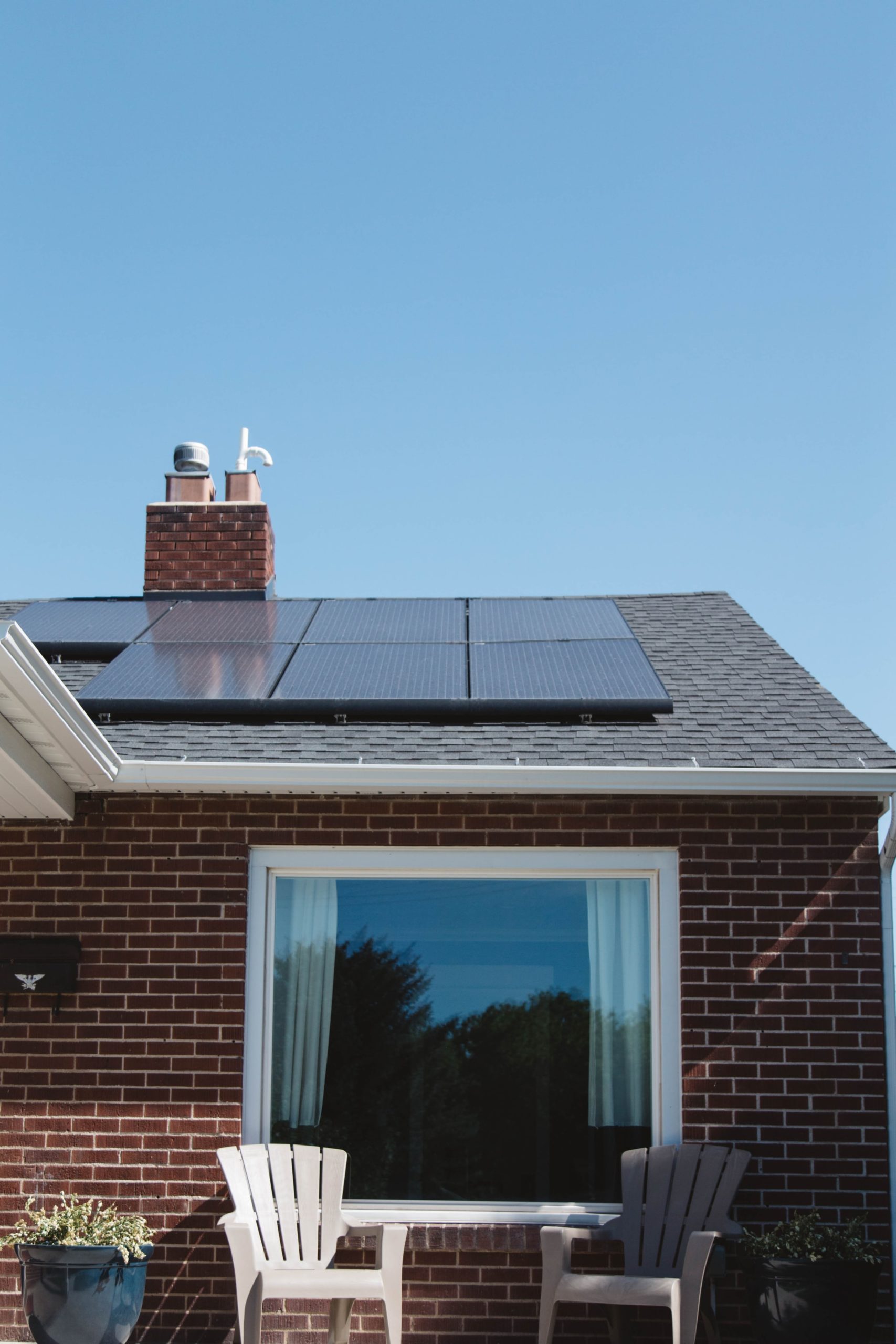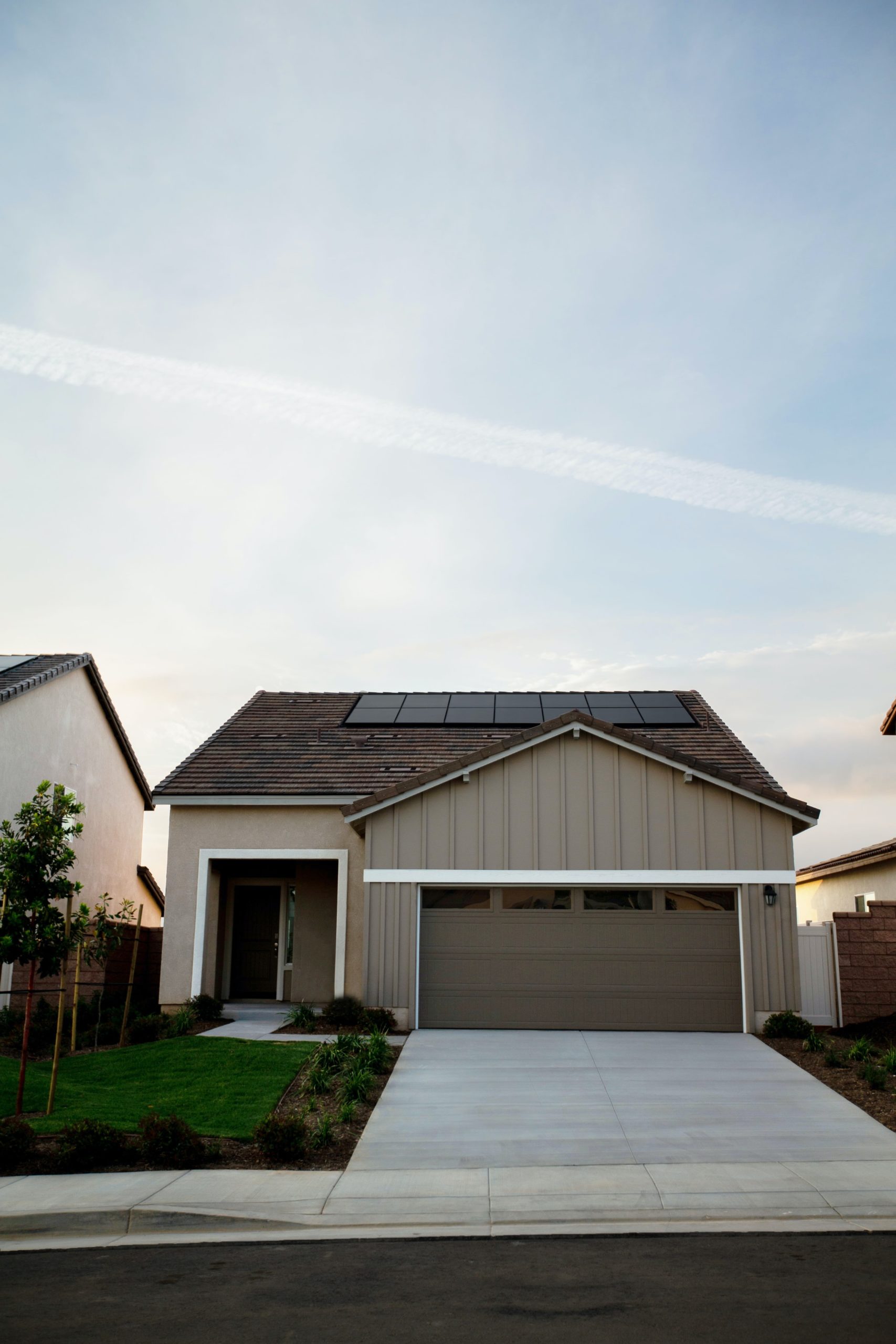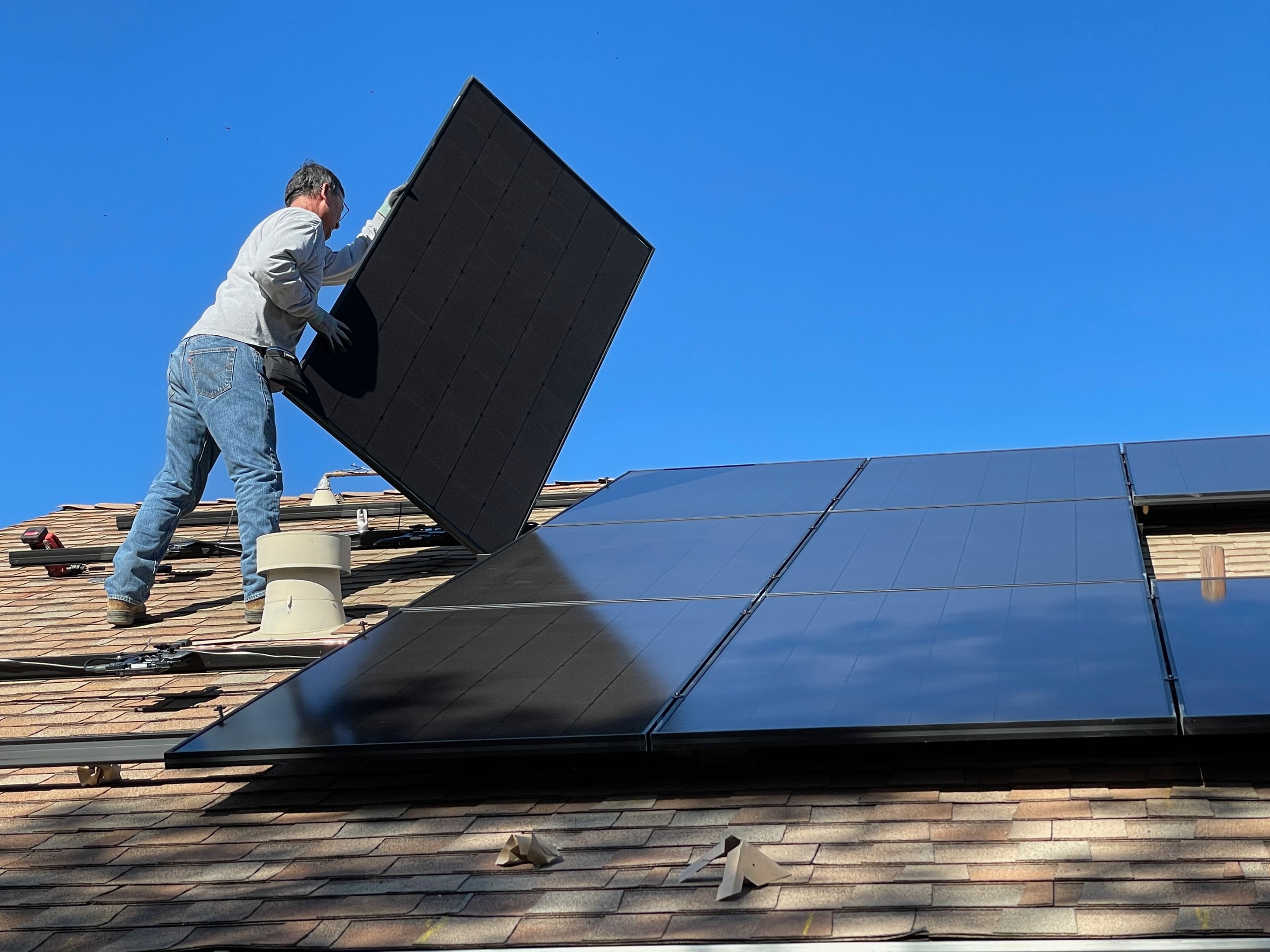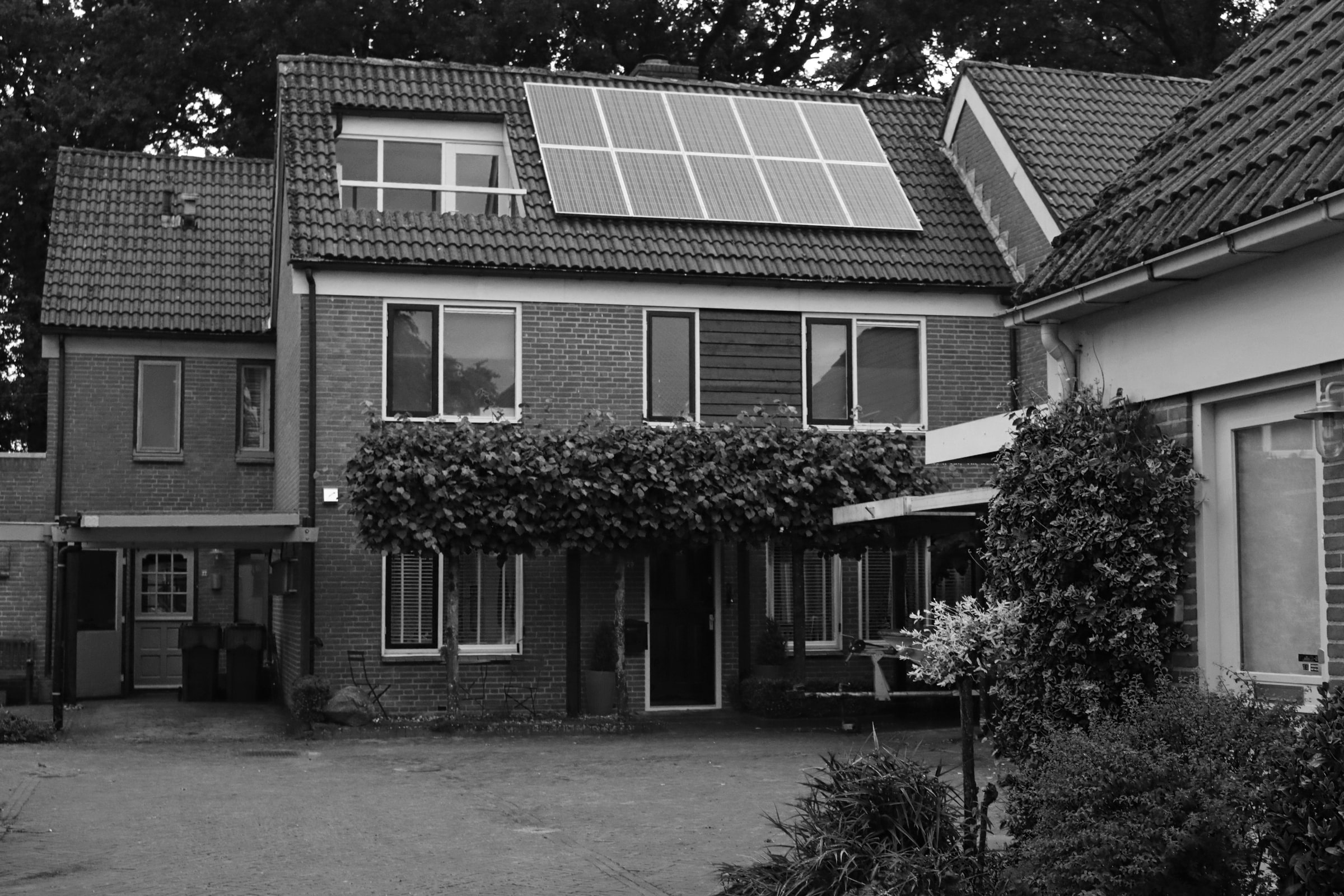For the sake of energy saving and ecology, you have decided to turn to renewable energy by opting for green energy. There are a plethora of hot water systems on the market, and you have a wide array of choices to choose from. However, this can be a bit dicey because you don’t know what hot water system is perfect for you.
The type of water heater you choose should depend on your budget, but we advise you to invest in a solar water heater if you have the money. This is a great idea! You already have everything you need, and all that’s left to do is to make the connection. So, without further ado, let’s dive into this blog and learn some of the things everyone needs to know about solar panels.
Installing the solar panels

Before you can connect the solar panels, you must first successfully install them. This task must be done step by step:
1. Properly orientate the solar panels
This first step should not be neglected. For optimal efficiency, you should choose a sunny location, placing the solar panels according to the orientation of the house’s slopes: on the southwest, south, or southeast side.
2. Finding the right tilt
To produce the maximum amount of energy, find the right inclination: 30°, no more, and no less. This way, the panels can easily and optimally capture the sunlight.
3. Question of shading
The principle is simple: the less shade there is, the more sun there is. In other words, avoid areas where there are large trees, as they only reduce the production of solar energy.
Choosing the type of solar panel connection
There are two main types of connection: parallel wiring and series wiring. To know which one to choose, we will explain the difference between these two systems:
1. Parallel wiring

A connection of solar panels by parallel wiring generally allows for an increase in the intensity. It consists in connecting all the positive terminals together and all the negative terminals together.
2. The series connection
The purpose of this one is to add the voltages. To make a connection of solar panels in series, it is enough to connect a positive terminal of a panel to a negative terminal of another and vice versa. The choice between these two types of connection depends mainly on your regulator.
In any case, you can find out which connection to make in the user’s manual or in the assembly instructions of your device. If you don’t know where to start, the best solution is to call an experienced installer. It is made up of a team specialized in the installation of photovoltaic panels.
Connecting a 12 and 24 V solar panel
As you have seen, there are two types of solar panels: those that work in 12 V and those in 24 V.
1. A 12 V assembly
This is the perfect assembly for devices that do not support a higher voltage. However, it requires a parallel connection.
2. A 24 V assembly
To obtain a power of 24 V, you need two batteries of 12 V and to connect them in series. The connection of solar panels must also be in series. This is the best way to produce more solar energy. If you plan to use your lights and appliances at the same time, choose a 24V connection.
Is it necessary to connect a photovoltaic inverter?

The answer is yes! Indeed, a photovoltaic installation must contain:
-
- Solar panels
-
- A regulator: to secure the connection
-
- A photovoltaic inverter.
The latter is the element in charge of transforming the direct electric current into alternating electric current. This means that it is essential to supply all your circuits in the correct way.
Sound off in the comments section below, and tell us what you want to read next and if you want to read more about solar panels.
